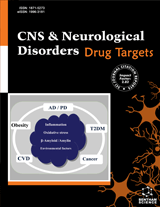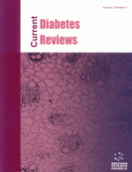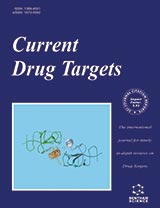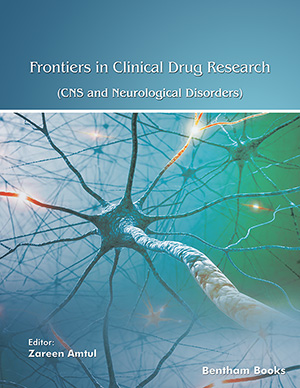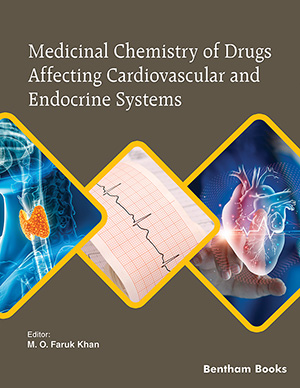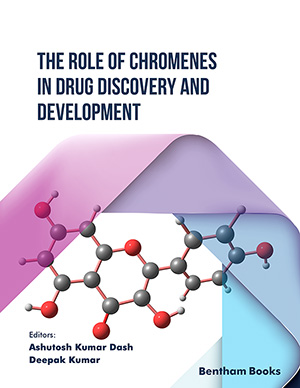Abstract
Transcranial magnetic stimulation (TMS) is more than a mere tool for clinical non-invasive approaches to stimulate and synchronize the neuronal activity in the brain. Electromagnetic stimulation through TMS has recently emerged as a therapeutic alternative for the treatment of different neurological disorders. Among the many properties recently discovered for TMS, its action as an accounting factor for neuroplasticity and neurogenesis is among its most promising features. Translational studies in animal models offer various advantages and also bridge this knowledge gap due to their direct assessment of the brain stimulation impact at the neural level. These profiles have been obtained through the study of animal models, which, in turn, have served for the establishment of the action mechanisms of this method. In this review, we revise and discuss evidence collected on the promising properties of TMS after visiting the different animal models developed so far, and provide a practical perspective of its possible application for clinical purposes.
Keywords: Animal models, Low/High electromagnetic stimulation, Neurochemical regulation, Neurogenesis, Neuroprotection, Transcranial magnetic stimulation.
CNS & Neurological Disorders - Drug Targets
Title:Brain Magnetic Stimulation in Animal Models: A Valuable Lesson for Clinical Applications
Volume: 15 Issue: 7
Author(s): Begona M. Escribano, Abel Santamaría, María E. de Lima, Francisco J. Medina-Fernández, Shahid Bashir and Isaac Túnez
Affiliation:
Keywords: Animal models, Low/High electromagnetic stimulation, Neurochemical regulation, Neurogenesis, Neuroprotection, Transcranial magnetic stimulation.
Abstract: Transcranial magnetic stimulation (TMS) is more than a mere tool for clinical non-invasive approaches to stimulate and synchronize the neuronal activity in the brain. Electromagnetic stimulation through TMS has recently emerged as a therapeutic alternative for the treatment of different neurological disorders. Among the many properties recently discovered for TMS, its action as an accounting factor for neuroplasticity and neurogenesis is among its most promising features. Translational studies in animal models offer various advantages and also bridge this knowledge gap due to their direct assessment of the brain stimulation impact at the neural level. These profiles have been obtained through the study of animal models, which, in turn, have served for the establishment of the action mechanisms of this method. In this review, we revise and discuss evidence collected on the promising properties of TMS after visiting the different animal models developed so far, and provide a practical perspective of its possible application for clinical purposes.
Export Options
About this article
Cite this article as:
Escribano M. Begona, Santamaría Abel, de Lima E. María, Medina-Fernández J. Francisco, Bashir Shahid and Túnez Isaac, Brain Magnetic Stimulation in Animal Models: A Valuable Lesson for Clinical Applications, CNS & Neurological Disorders - Drug Targets 2016; 15 (7) . https://dx.doi.org/10.2174/1871527315666160527152547
| DOI https://dx.doi.org/10.2174/1871527315666160527152547 |
Print ISSN 1871-5273 |
| Publisher Name Bentham Science Publisher |
Online ISSN 1996-3181 |
Call for Papers in Thematic Issues
Heart and Brain Axis Targets in CNS Neurological Disorders
Recently there has been a surge of interest in delving deeper into the complex interplay between the heart and brain. This fascination stems from a growing recognition of the profound influence each organ holds over the other, particularly in the realm of central nervous system (CNS) neurological disorders. The purpose ...read more
Lifestyle Interventions to Prevent and Treat Cognitive Impairment and Dementia
More than 55 million people live with dementia worldwide. By 2050, the population affected by dementia will exceed 139 million individuals. Mild cognitive impairment (MCI) is a pre-dementia stage, also known as prodromal dementia, affecting older adults. MCI emerges years before the manifestation of dementia but can be avoidable and ...read more
Novel Treatments in Subarachnoid Hemorrhage
The current landscape of therapeutic strategies for subarachnoid hemorrhage (SAH), a significant adverse neurological event commonly resulting from the rupture of intracranial aneurysms, is rapidly evolving. Through an in-depth exploration of the natural history of SAH, historical treatment approaches, and emerging management modalities, the present work aims to provide a ...read more
Pathogenic Proteins in Neurodegenerative Diseases: From Mechanisms to Treatment Modalities
The primary objective of this thematic issue is to elucidate the molecular mechanisms by which pathogenic proteins contribute to neurodegenerative diseases and to highlight current and emerging therapeutic strategies aimed at mitigating their effects. By bringing together cutting-edge research and reviews, this issue aims to: 1.Enhance Understanding: Provide a comprehensive ...read more
 83
83 4
4 1
1 1
1
- Author Guidelines
- Graphical Abstracts
- Fabricating and Stating False Information
- Research Misconduct
- Post Publication Discussions and Corrections
- Publishing Ethics and Rectitude
- Increase Visibility of Your Article
- Archiving Policies
- Peer Review Workflow
- Order Your Article Before Print
- Promote Your Article
- Manuscript Transfer Facility
- Editorial Policies
- Allegations from Whistleblowers
Related Articles
-
Development of Polymeric Nanocarriers for Brain Targeted Delivery of Atorvastatin: A Quality-By-Design Approach
Drug Delivery Letters Insulin Resistance as Common Molecular Denominator Linking Obesity to Alzheimer’s Disease
Current Alzheimer Research Diabetes Mellitus: Novel Insights, Analysis and Interpretation of Pathophysiology and Complications Management with Imidazole-Containing Peptidomimetic Antioxidants
Recent Patents on Drug Delivery & Formulation The Fragile X Family of Disorders: A Model for Autism and Targeted Treatments
Current Pediatric Reviews Synthesis and Evaluation of Phenyliminoindolin-Containing Phenylacetamide Derivatives with the Antidepressant and Anticonvulsant Effects
Medicinal Chemistry Diffusion MRI in Intracranial Hypertension: Quantitative Assessment
Current Medical Imaging Structural Chromosome Abnormalities Associated with Obesity: Report of Four New Subjects and Review of Literature
Current Genomics A Genetic Dissection of Antipsychotic Induced Movement Disorders
Current Medicinal Chemistry “Epileptic Encephalopathy” of Infancy and Childhood: Electro-Clinical Pictures and Recent Understandings
Current Neuropharmacology Securinine Derivatives as Potential Anti-amyloid Therapeutic Approach
CNS & Neurological Disorders - Drug Targets Nanobiotechnological Approaches Against Multidrug Resistant Bacterial Pathogens: An Update
Current Drug Metabolism Tackling the Elusive Challenges Relevant to Conquering the 100-Plus Year Old Problem of Alzheimer’s Disease
Current Alzheimer Research A Review on Chitosan in Drug Delivery for Treatment of Neurological and Psychiatric Disorders
Current Pharmaceutical Biotechnology Targeted Blockade of TARP-γ8-Associated AMPA Receptors: Anticonvulsant Activity with the Selective Antagonist LY3130481 (CERC-611)
CNS & Neurological Disorders - Drug Targets Pituitary Adenylate Cyclase Activating Polypeptide: A Potential Neuroprotective Peptide
Current Pharmaceutical Design Pharmacologically Targeting the Primary Defect and Downstream Pathology in Duchenne Muscular Dystrophy
Current Gene Therapy Extracellular Vesicles in Glioblastoma: Role in Biological Processes and in Therapeutic Applications
Current Cancer Drug Targets Recent Inventions on Receptor Tyrosine Kinase RET Modulation
Recent Patents on Biotechnology Epilepsy, Regulation of Brain Energy Metabolism and Neurotransmission
Current Medicinal Chemistry Metabotropic Glutamate Receptors Modulate Periaqueductal Grey Descending Analgesic System
Central Nervous System Agents in Medicinal Chemistry


